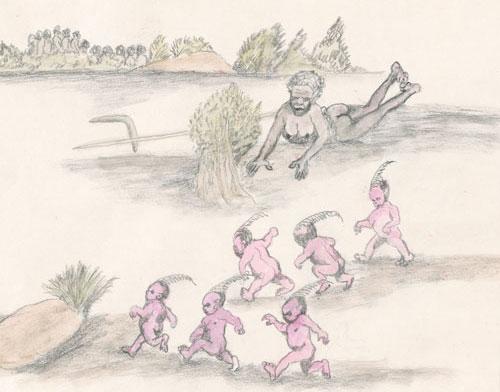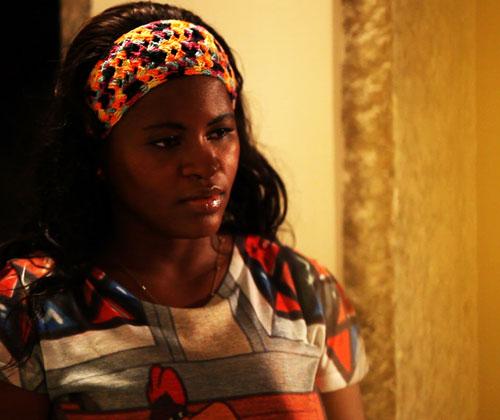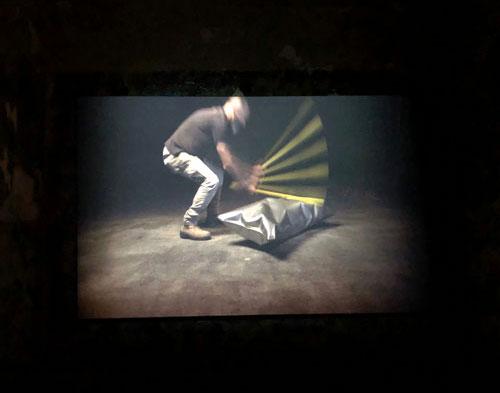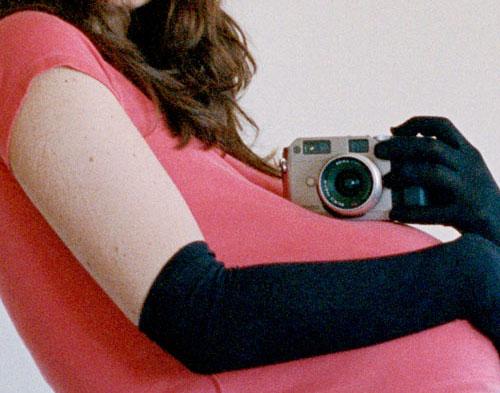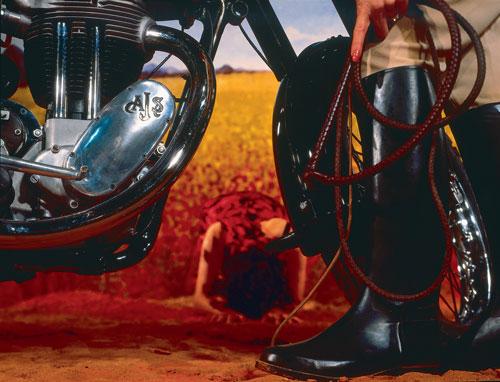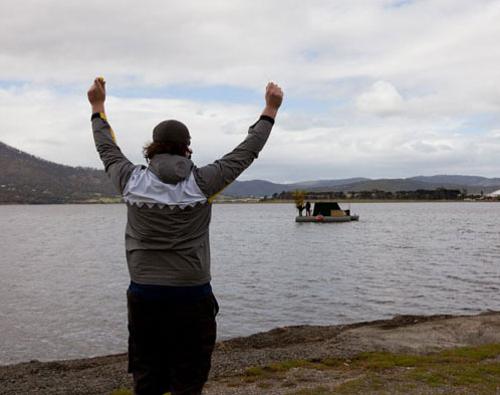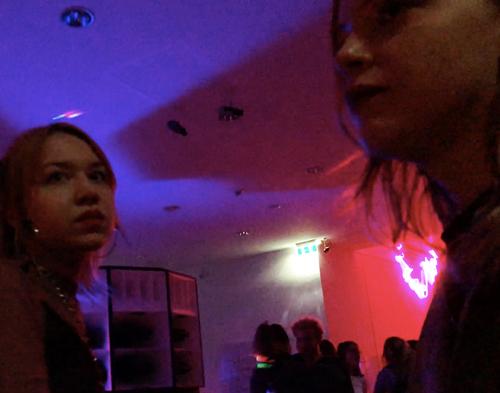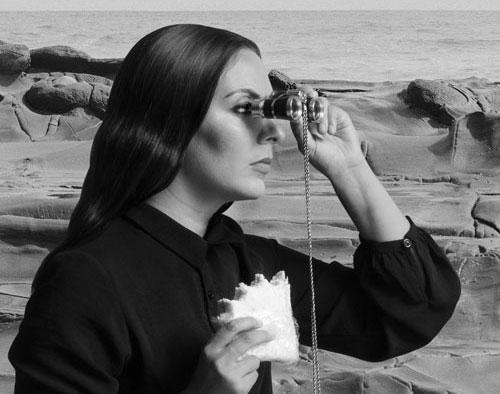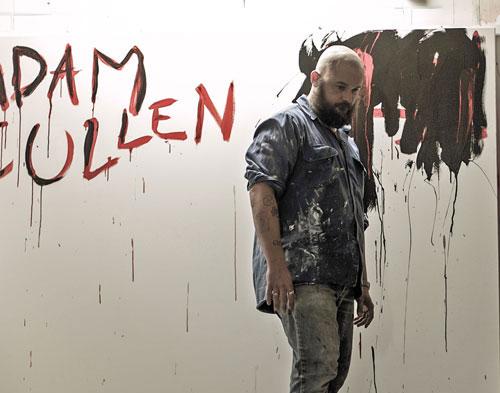The artist biopic: Works without authors
Twenty-three minutes into Miloš Forman’s final feature Goya’s Ghosts (2006), the film takes leave of the usual “artist biopic” conventions. To this point, the script has trod familiar ground: the clashes of Francisco Goya (Stellan Skarsgård) with censorious authorities of the Church (concentrated in the character played by Javier Bardem); his regular commissions to paint portraits of wealthy aristocrats and royalty (who don’t like the way they look in his depictions); his sentimental attachment (freely invented for the movie) to a young woman (Natalie Portman) who serves as his model, and who will encounter a tragic, historically emblematic destiny.

